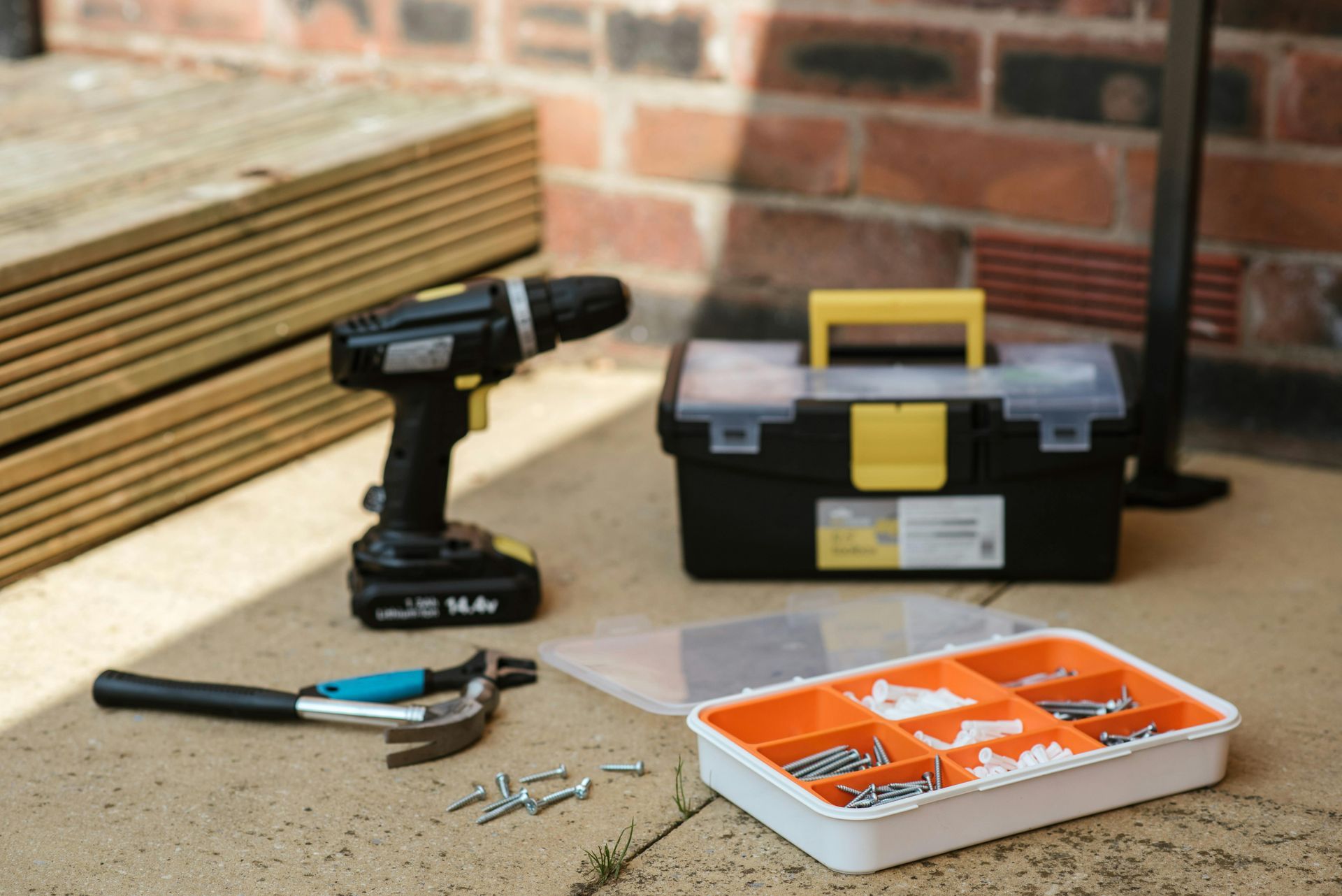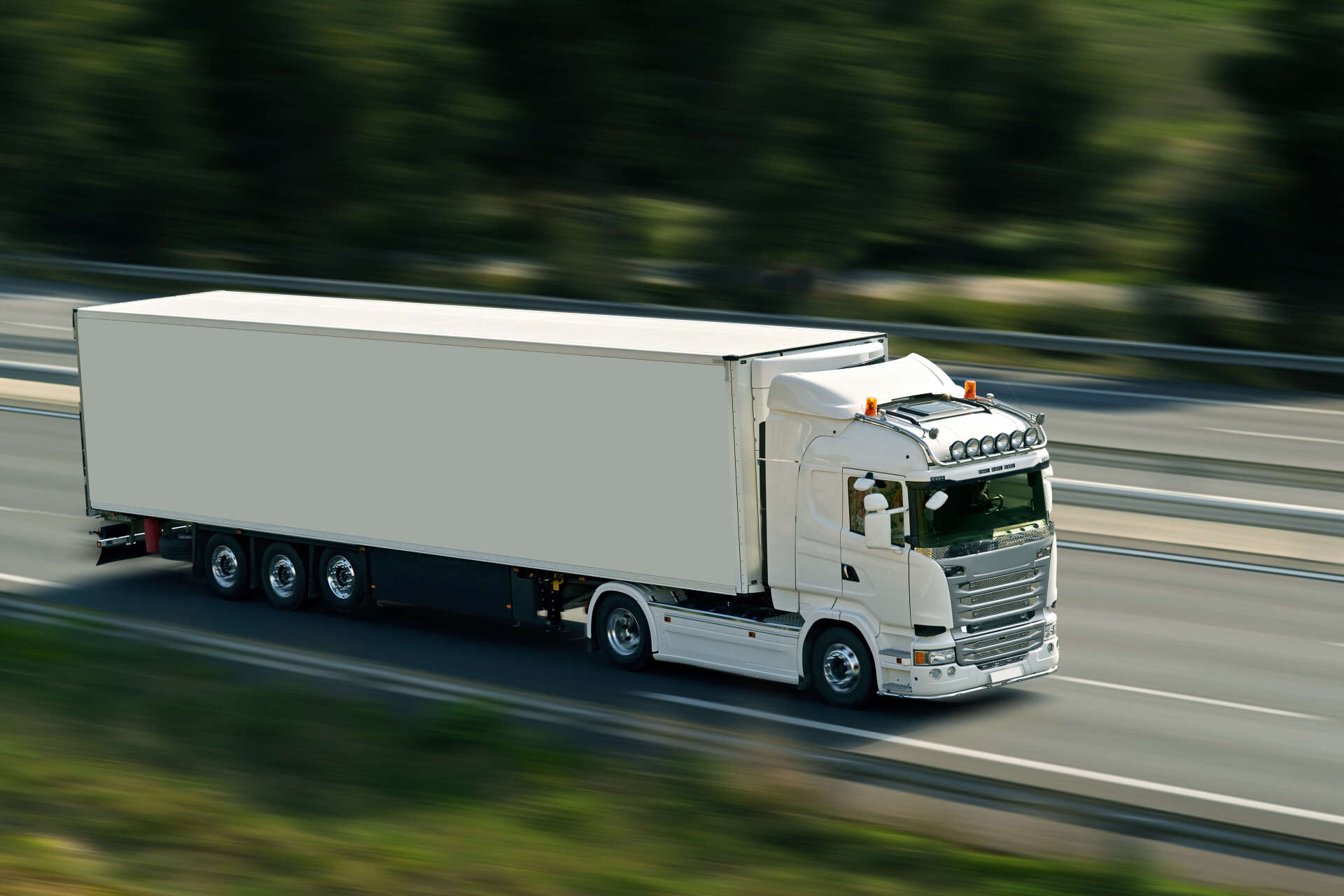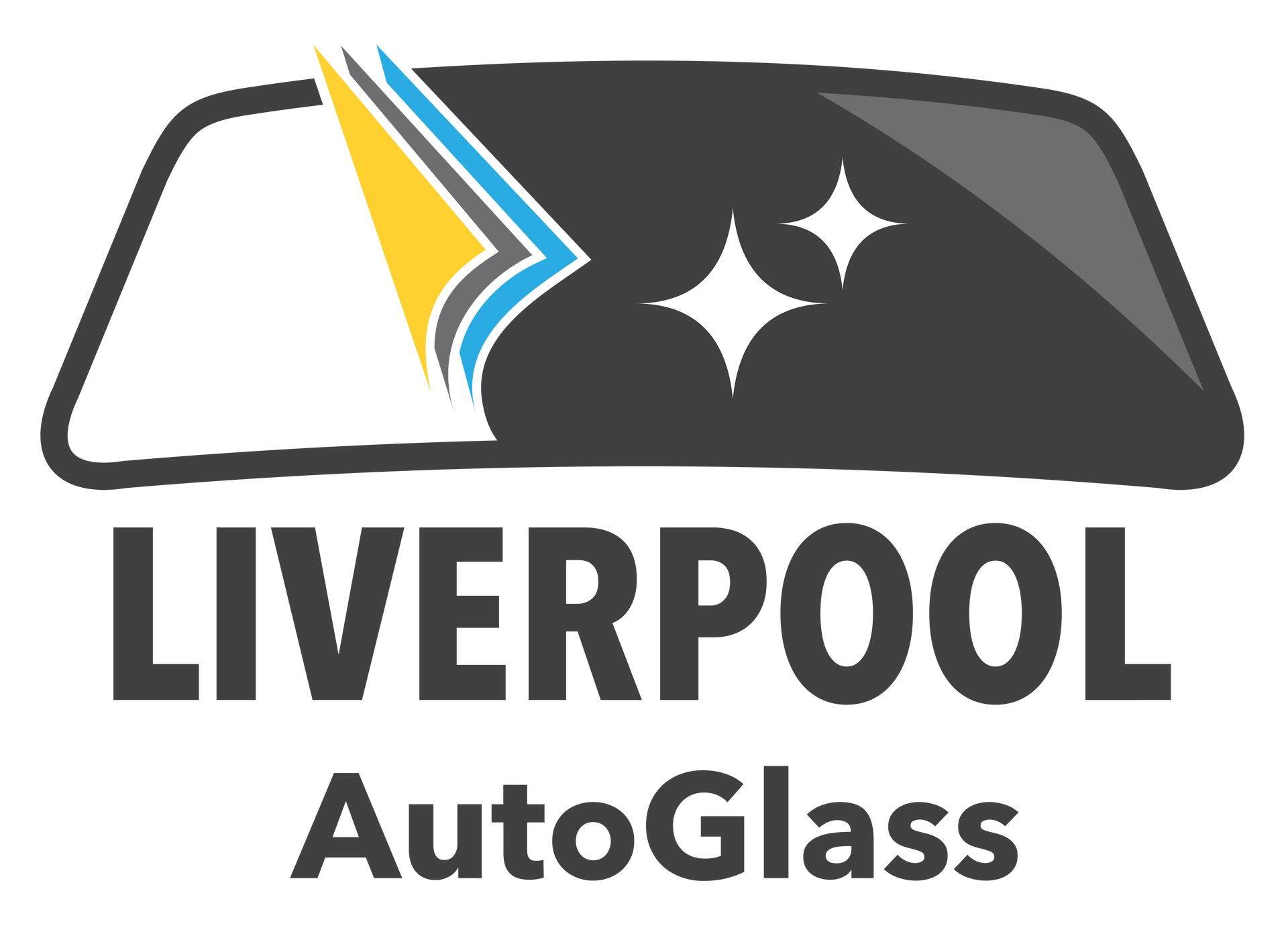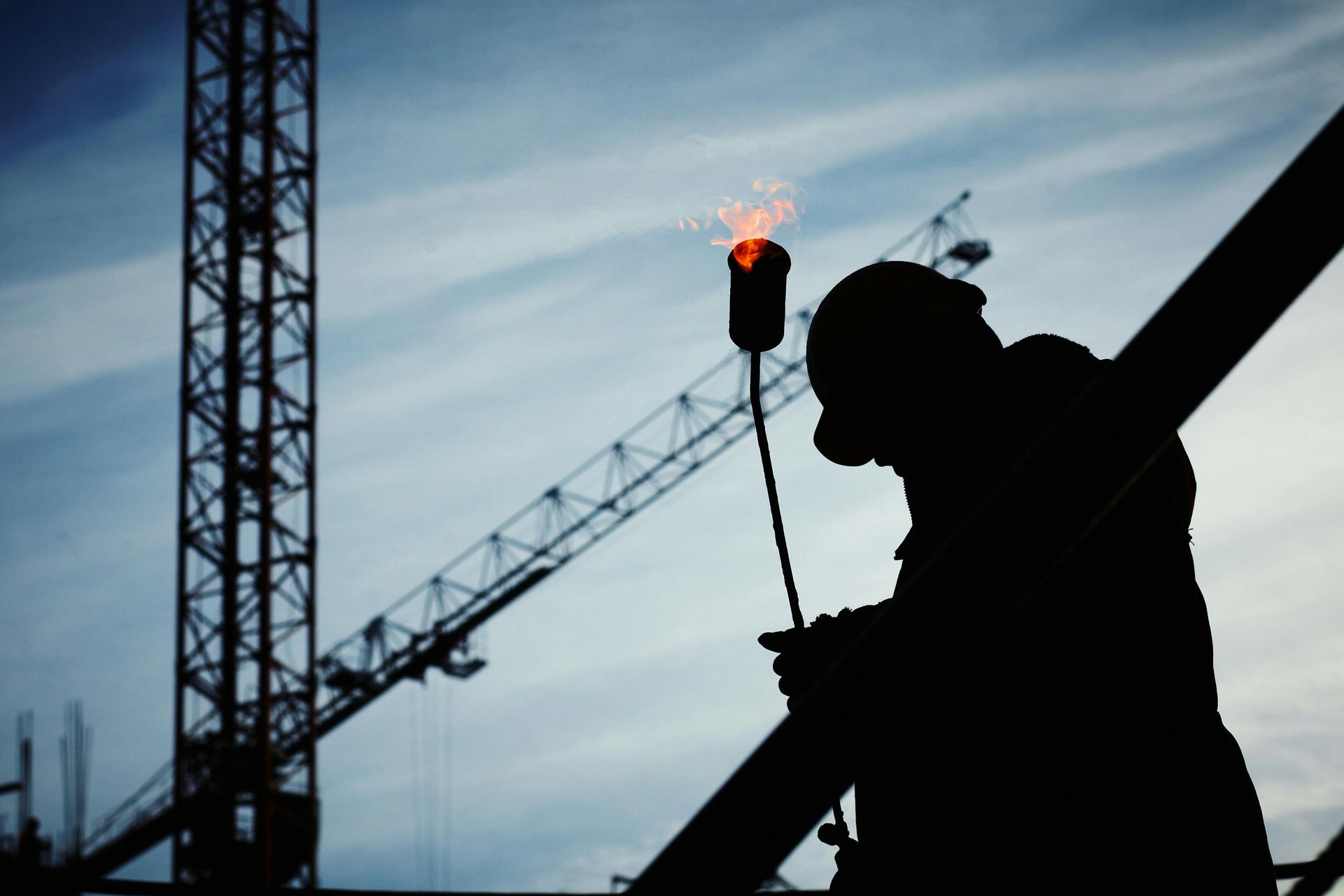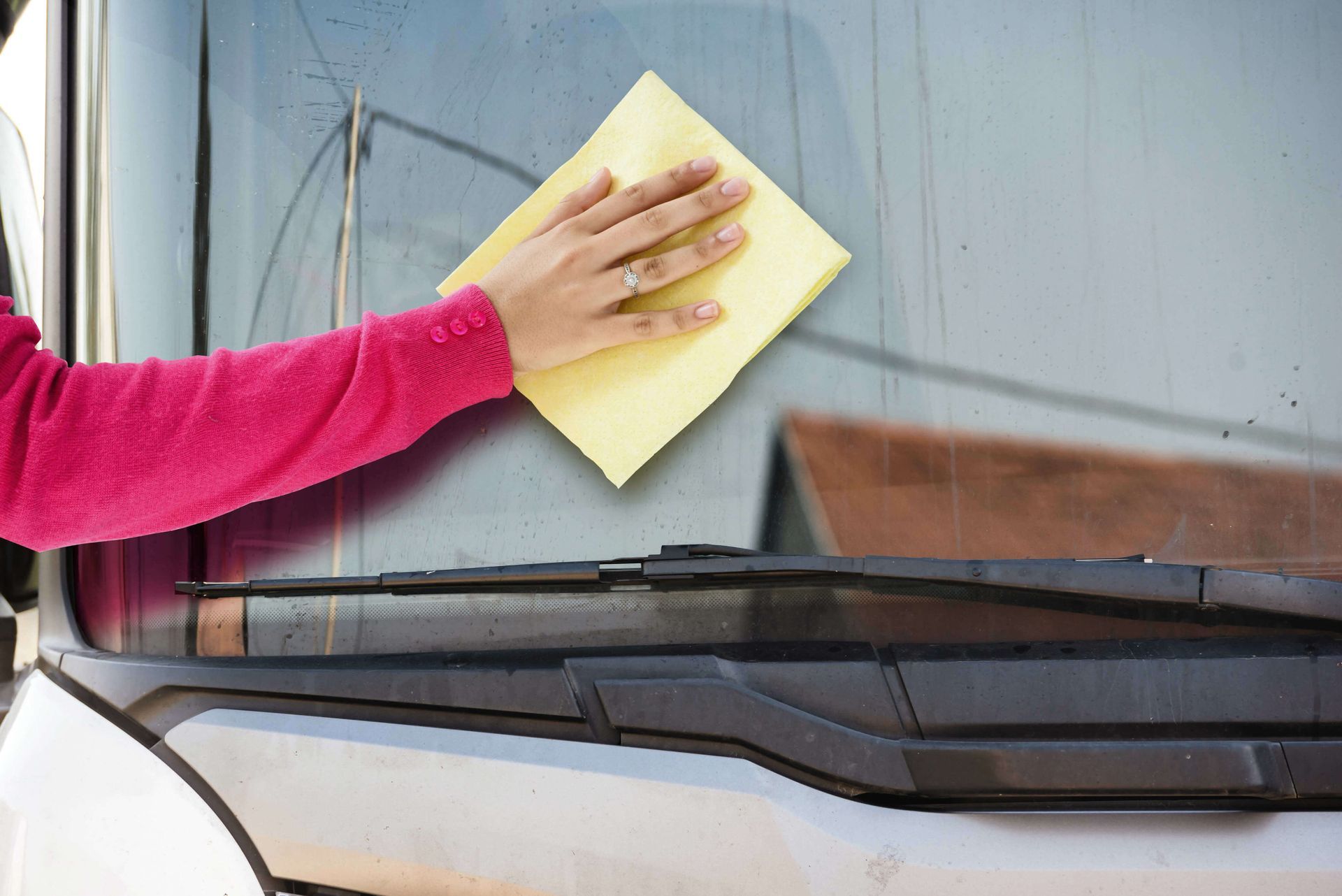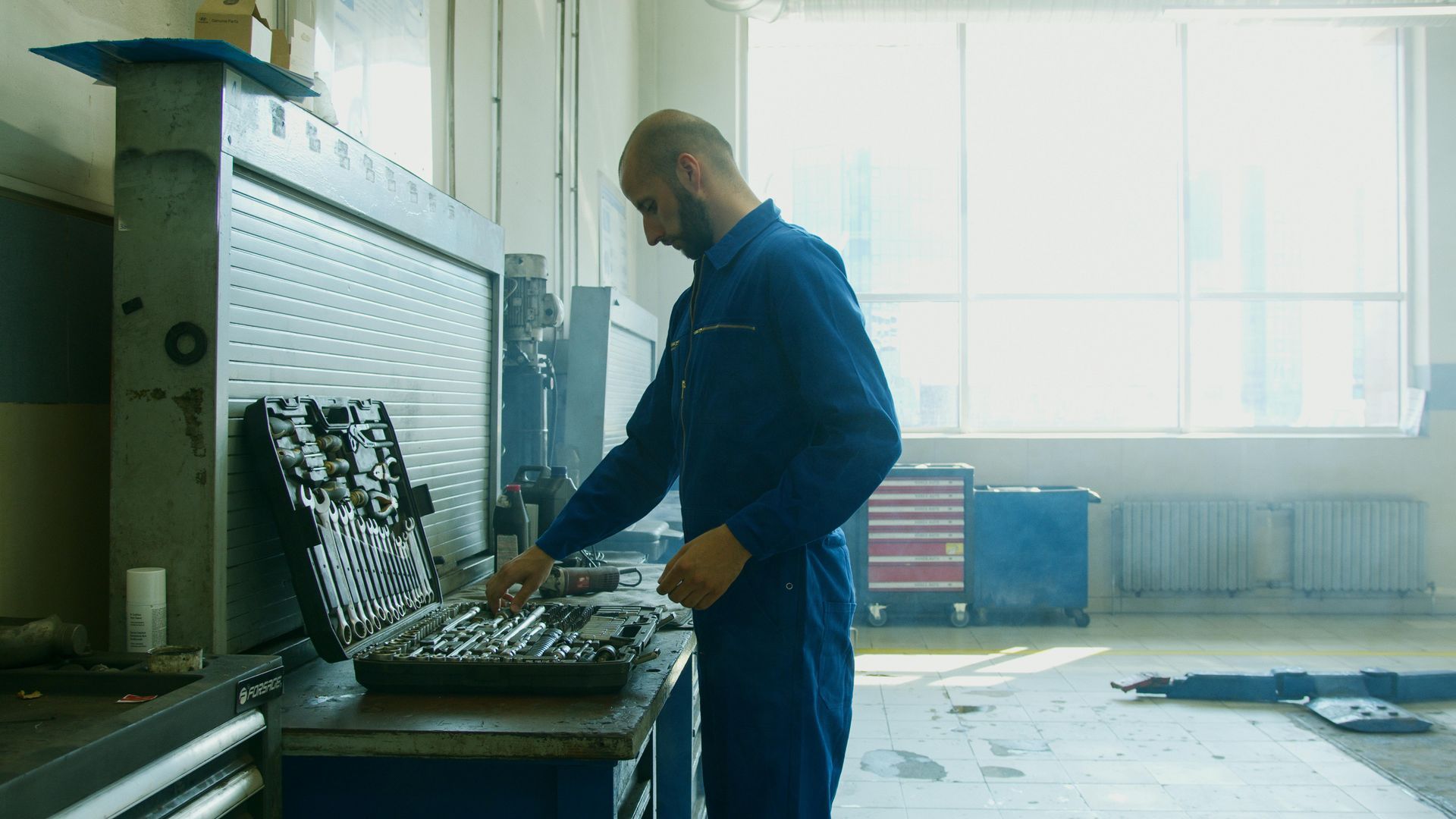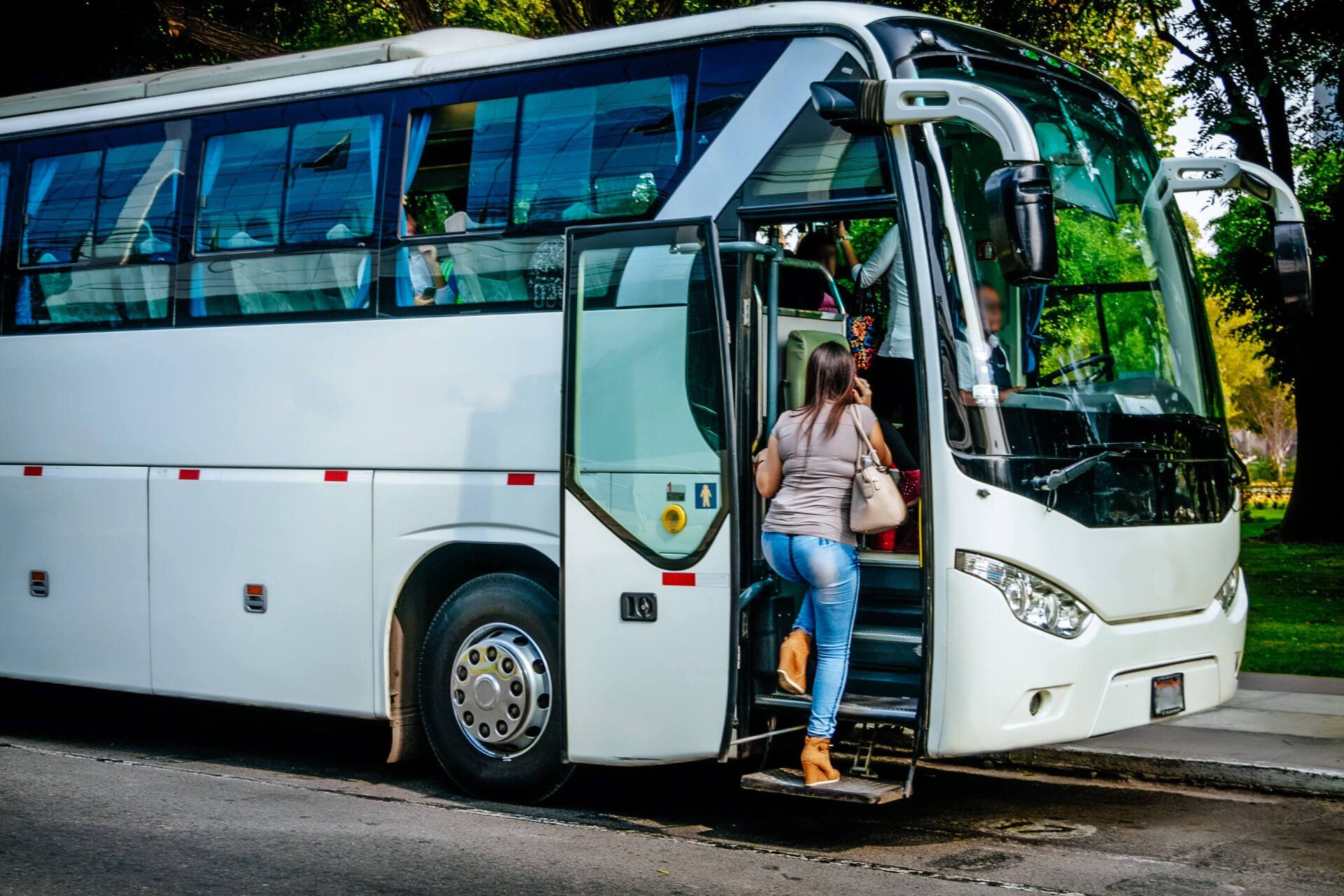Why Windshield Calibration is Crucial for Recent Vehicles
Modern vehicles are packed with advanced driver-assistance systems (ADAS) that rely on sensors and cameras often integrated into the windshield. When a windshield is replaced, these systems need to be precisely recalibrated to ensure they function correctly. Understanding the role of windshield calibration in modern vehicles is no longer optional; it's a critical safety requirement. This article delves into the importance of windshield calibration, explaining how it works, why it's necessary, and what can happen if it's neglected. We'll explore the ADAS features that rely on windshield-mounted sensors, the calibration process itself, and the potential risks of driving without proper calibration. Whether you're searching for "windshield replacement with calibration near me," wondering about the cost of windshield calibration, or simply want to understand why it's necessary, this guide will provide essential information. We'll also discuss the importance of choosing certified ADAS calibration technicians and the differences between static vs dynamic windshield calibration.
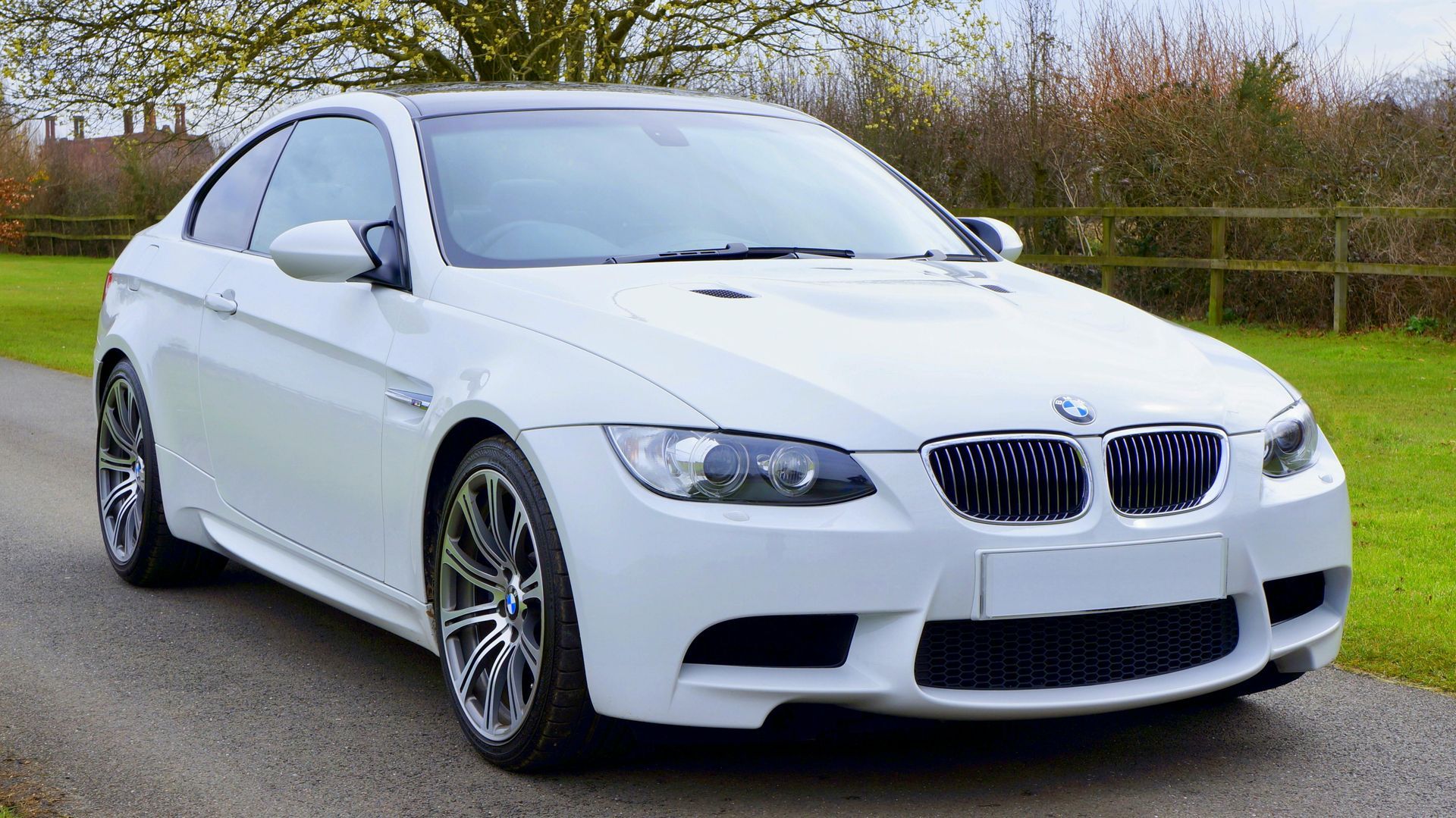
ADAS and the Windshield: A Symbiotic Relationship
The windshield is an integral part of Advanced Driver Assistance Systems (ADAS), which are designed to enhance safety and reduce the risk of accidents. The windshield houses essential cameras and sensors that monitor the road and surrounding environment, making it a vital component in the functionality of these advanced safety features.
As ADAS technology continues to evolve, the relationship between the windshield and these systems grows increasingly important. Features such as automatic emergency braking, lane-keeping assist, and traffic sign recognition rely on precise data collected through the windshield’s sensors. This interconnectedness not only underscores the windshield’s role in ensuring driver and passenger safety but also highlights the need for proper maintenance and care to keep these systems functioning effectively.
Some common ADAS features that rely on windshield-mounted sensors include:
- Automatic Emergency Braking (AEB) is a crucial safety feature that utilizes cameras and sensors to identify potential collisions. When the system detects an imminent impact and the driver does not respond in time, it automatically applies the brakes to reduce the severity of the collision or potentially avoid it altogether. This technology is particularly beneficial in urban environments where sudden stops are common, helping to mitigate accidents caused by distracted driving.
- Lane Departure Warning (LDW) serves as an early warning system that monitors the vehicle's position relative to lane markings on the road. If the system detects that the vehicle is drifting out of its lane without the use of turn signals, it alerts the driver through visual or audible signals. This feature is designed to prevent unintentional lane departures, which can lead to side-swipe collisions or run-off-road accidents.
- Lane Keeping Assist (LKA) takes the functionality of LDW a step further by actively intervening when the vehicle begins to drift out of its lane. Using steering inputs, LKA helps guide the vehicle back to the center of the lane, enhancing driver control and reducing the risk of accidents caused by drowsiness or distraction. This feature is particularly useful on long drives where fatigue can diminish attention to lane positioning.
- Adaptive Cruise Control (ACC) enhances traditional cruise control by automatically adjusting the vehicle's speed to maintain a safe following distance from the car in front. Using radar and cameras, ACC detects the speed of the vehicle ahead and can slow down or accelerate as needed. This technology not only reduces the need for constant speed adjustments but also helps prevent rear-end collisions in heavy traffic.
- Forward Collision Warning (FCW) provides an additional layer of safety by alerting the driver to potential forward collisions. Utilizing sensors and cameras, FCW monitors the traffic ahead and warns the driver with visual or auditory cues if a collision is imminent. This proactive approach encourages drivers to take immediate action, whether by braking or steering, to avoid an accident.
- Traffic Sign Recognition (TSR) is an innovative feature that identifies and interprets traffic signs, displaying relevant information to the driver. By utilizing cameras to read signs such as speed limits, stop signs, and yield signs, TSR helps ensure that drivers remain informed about road conditions and regulations. This can be particularly beneficial in unfamiliar areas, enhancing situational awareness and compliance with traffic laws.
How Windshield Replacement Brings About Calibration
Even minor misalignments can have a significant impact on the performance of the ADAS. For example, a camera that is off by just a few degrees can misinterpret the distance to other vehicles or misread lane markings. Therefore, windshield calibration is a mandatory step after any windshield replacement in vehicles equipped with ADAS. Neglecting this step can render the ADAS features unreliable or even dangerous. When a windshield is replaced, even with an identical replacement, the position and angle of the sensors can be altered. This is due to several factors, such as manufacturing tolerances, sensor removal and reinstallation, as well as vehicle body flex.
The Calibration Process: Static vs. Dynamic
Static Calibration is conducted in a controlled environment, usually within a specialized auto glass shop. During this process, the vehicle is positioned in front of a calibration target—typically a large board displaying specific patterns and markings. The calibration equipment utilizes these targets to accurately align and calibrate the sensors, ensuring they are set up correctly before the vehicle is put back on the road.
Dynamic Calibration, on the other hand, takes place while the vehicle is being driven. This process involves navigating a designated road course, where the calibration equipment collects real-world data, such as lane markings and interactions with other vehicles. By using this dynamic data, the sensors can be fine-tuned to function optimally in everyday driving conditions, ensuring accurate performance in real-time scenarios.
The Risks of Driving Without Calibration
It's crucial to understand that even if the ADAS features appear to be working after a windshield replacement, they may not be functioning accurately. The only way to ensure that the ADAS features are working correctly is to have the windshield calibrated by a qualified technician. Driving a vehicle with uncalibrated ADAS features can be dangerous and potentially lead to accidents. Some of the risks include:
- Malfunctioning ADAS Features: Uncalibrated sensors can provide inaccurate readings, causing the ADAS features to malfunction. For example, AEB may not activate when needed, or LKA may steer the vehicle erratically.
- Increased Risk of Accidents: Malfunctioning ADAS features can increase the risk of accidents, especially in situations where the driver relies on these features to assist with driving.
- Liability Issues: In the event of an accident, the driver may be held liable if it's determined that the ADAS features were not properly calibrated.
- Voided Warranty: Some vehicle manufacturers may void the warranty on the ADAS features if the windshield is replaced without proper calibration.
Choosing the Right Calibration Service
When searching for windshield replacement with calibration near me, be sure to ask about the technician's qualifications, the equipment they use, and the warranty they offer. First, ensure that the technicians are certified ADAS calibration specialists, as certification indicates they possess the necessary training and expertise to properly calibrate the ADAS features.
Additionally, the calibration service should be equipped with the appropriate tools and software to handle the specific ADAS features on your vehicle. Experience is another vital factor; choose a service with a proven track record of delivering high-quality workmanship. Finally, confirm that the calibration service provides a warranty on their work, offering you peace of mind and assurance of their commitment to quality.
Conclusion
Understanding the role of windshield calibration in modern vehicles is essential for ensuring the safety and proper functioning of your vehicle's ADAS. Windshield calibration is a mandatory step after any windshield replacement in vehicles equipped with ADAS. Neglecting this step can render the ADAS features unreliable or even dangerous. By choosing a qualified calibration service and understanding the importance of this process, you can ensure that your vehicle's ADAS features are working correctly and that you are driving safely.
About Liverpool AutoGlass
With years of experience serving the Liverpool community,
Liverpool AutoGlass offers expert auto glass solutions using only the highest quality materials. Our skilled technicians are dedicated to providing exceptional workmanship and ensuring your vehicle's safety and structural integrity.
